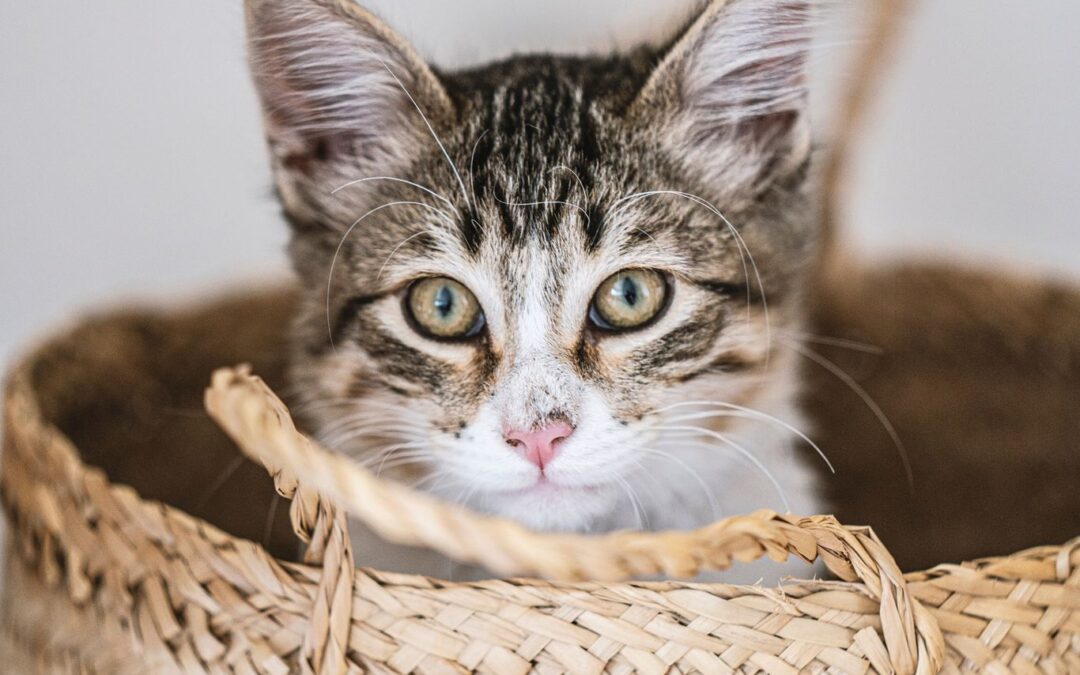Late last year, my elderly father sadly lost his beloved cat to cancer. The death of a pet is always distressing but this was made more so because of circumstances. Lockdown meant the vet was unable to visit my father’s home and he was unable, until the final days, to get his cat to the vet. The poor animal was terrified of the cat carrier and would run and hide or attack and bite my father any time it appeared.
No cat owner knows when it might be necessary to transport their pet, but at least one journey is likely to be necessary in any cat’s lifetime. A bit of preparation and training can make use of the cat carrier much less traumatic all round. Your cat may even learn to like it.
The first big mistake is to store the carrier out of sight and smell of the cat. The carrier seems alien (cats are intensely territorial and dislike change). If the cat has been forced into the carrier at some point and taken to the vet for a scary examination/procedure or to be boarded at a cattery while the owners are on holiday, the associations are even worse and may stick for a lifetime.
The benefits of a cat carrier are numerous- some like easing the stress of necessary visits to the vet are obvious but there are others, like giving shy cats a safe hiding place around visitors to the home or during thunderstorms and fireworks, or when it is necessary to contain or transport the cat in an emergency.
Key training points
- Ensure the carrier is large enough for your cat to stand, turn and lie stretched out, but don’t make it too big. That snug feel increases a sense of security.
- Have a carrier where the top can be removed for easy examination/access to the cat.
- Plastic airline carriers, with a wire door, are ideal. Put soft bedding inside.
- Place the carrier in an area you know your cat chooses as a resting place.
- Keep the carrier out and open, all the time. You can remove the door on many carriers.
- Next, make the carrier a cat pleasure palace. Scatter high value treats inside for him to discover on his own. Play games near and inside the carrier, use cat balls or feather flirt toys.
- Now teach your cat to go in the carrier. Say ‘in’ and toss a treat inside. Wait for puss to eat the treat and emerge again. Keep repeating this game until puss waits inside for another treat, now deliver a few and leave him in there to eat.
- Next re-attach the door. Play the ‘in’ game, wait until puss is happily focused on eating treats and shut the door momentarily, opening it again before he stops eating. Repeat and slowly build duration.
- Watch carefully for any signs of tension or distress and go back a number of steps, if this happens.
- The next stage is to slowly and gently start lifting the carrier with the door closed and while your cat is relaxed. You can dispense treats, if he will eat. Start with just inches off the floor, lifting and lowering and graduate to moving around the room, gently holding the carrier to avoid rocking.
- At this stage you can also practise using a towel to cover the wire door.
- Finally, practise putting cat and carrier into the car, once he is happy build up to short journeys.
Leonie St Clair | www.londondogstraining.co.uk

